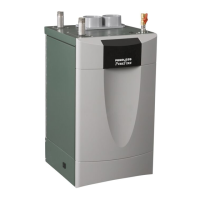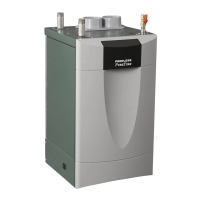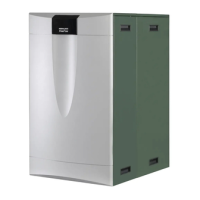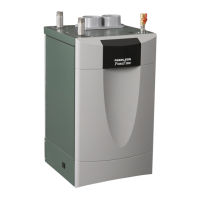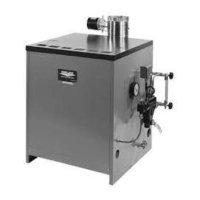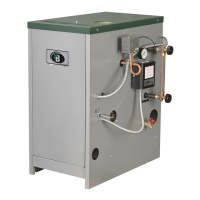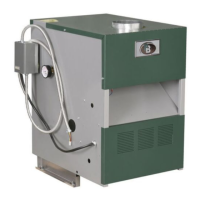What to do if PEERLESS Boiler showing low water?
- DDanielle GentrySep 12, 2025
If your PEERLESS Boiler displays 'LOW WATER', check the boiler water level, low water cut-off, and harness. If a LWCO is not used, a jumper should be placed between terminals #9 and #10, LWCO Contact.

